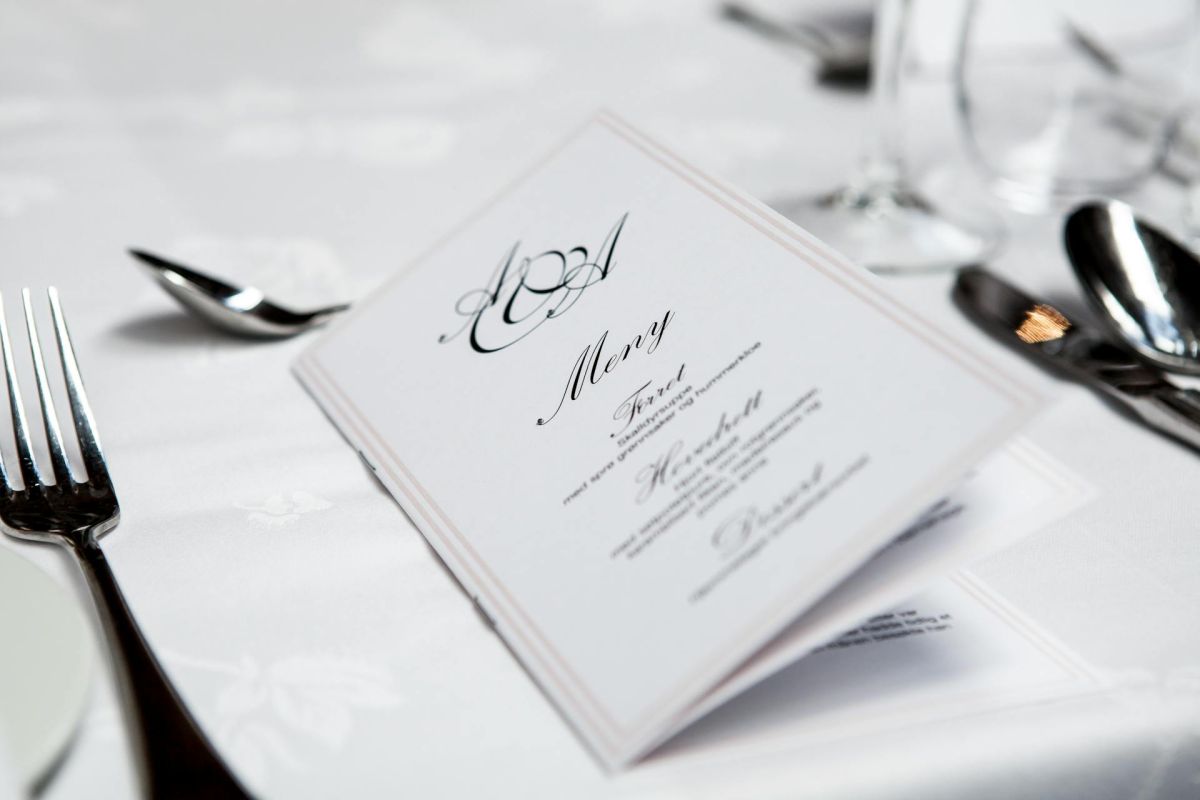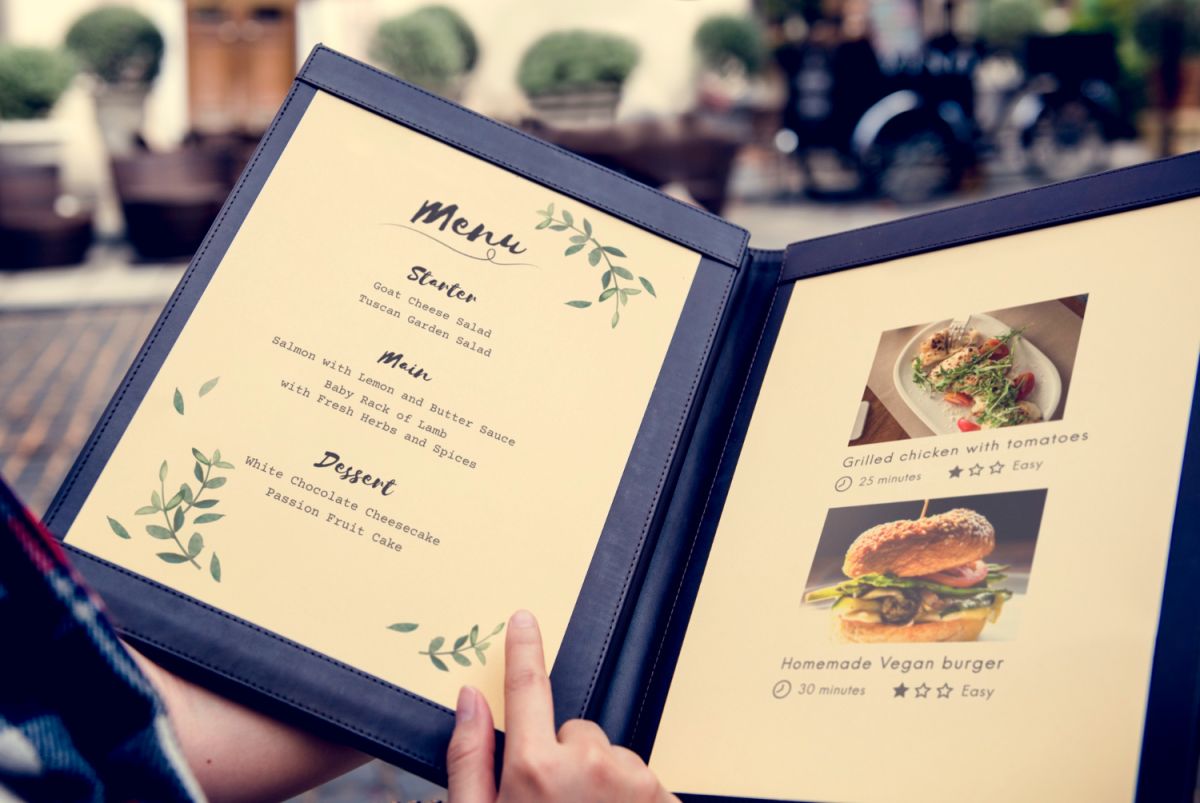How important is menu design?

The menu is the showpiece of any restaurant. It is often the first thing guests see and greatly influences their expectations and their decision on what to order. A well-designed menu can not only increase sales but also positively affect the overall guest experience. But what makes a menu truly successful? This article highlights the importance of menu design and delves into the psychological aspects that play a role in it.
Visual Design and First Impressions
The visual design of menus is crucial. Colors, fonts, images, and layout all contribute to forming the first impression. Studies have shown that people make a decision within a few seconds about whether they find a restaurant attractive or not. An appealing and well-structured menu can help create a positive first impression.
Colors play an essential role. Red and yellow are often used to stimulate appetite, while blue and green are perceived as calming and trustworthy. The choice of font should be clear and readable to make reading easier and ensure a pleasant experience. Images of dishes can also be appealing, but they should be of high quality to avoid looking unprofessional.
Psychological Pricing
The way prices are presented on the menu can greatly influence guests' purchasing behavior. Psychologists have discovered that certain pricing strategies, such as omitting the currency symbol or placing the most expensive dishes in certain locations, can affect the perception of prices.
Another psychological phenomenon is the so-called "decoy effect". Here, an expensive dish is used as a "decoy" to make other dishes appear cheaper in comparison. This can lead to guests choosing a slightly more expensive but still relatively affordable dish compared to the decoy dish.
Structure and Categorization
The structure of a menu should be logical and intuitive. Categories such as appetizers, main courses, and desserts should be clearly separated from one another. Within these categories, further division by ingredients or preparation methods can be helpful.
A well-thought-out structure makes it easier for guests to find their way and make an informed decision. This not only leads to better customer satisfaction but can also speed up the ordering process, which is particularly beneficial during peak times.

Descriptions and Wording
The way dishes are described can also have a significant impact. Detailed and pleasant-sounding descriptions pique interest and stimulate the guests' imagination. Terms like "homemade," "fresh," and "seasonal" convey quality and authenticity.
A study has shown that detailed descriptions of dishes improve the perception of quality and entice guests to spend more. Words that appeal to emotions or tell a story can also help create an emotional connection to the dishes and therefore to the restaurant.
A study has shown that detailed descriptions of dishes improve the perception of quality and entice guests to spend more. Words that appeal to emotions or tell a story can also help create an emotional connection to the dishes and therefore to the restaurant.
Placement and Visual Guidance
The placement of dishes on the menu is another important aspect. The 'golden triangles' is a concept that states that readers' eyes first fall on the upper right, upper left, and middle areas of the page. These areas are therefore ideal for placing dishes that the restaurant particularly wants to highlight.
Using boxes or frames around specific dishes can also draw attention to them. This can be especially useful for highlighting specialties or seasonal offers.
Conclusion
The design of a menu is far more than just an aesthetic exercise. It plays a central role in creating a positive first impression, guiding purchasing behavior, and enhancing the overall guest experience. By considering visual elements, psychological pricing strategies, a clear structure, and appealing descriptions, a menu can become a powerful tool that significantly influences the success of a restaurant.
Overall, investing in menu design proves to be a wise decision that pays off in the long run through higher sales and more satisfied guests.